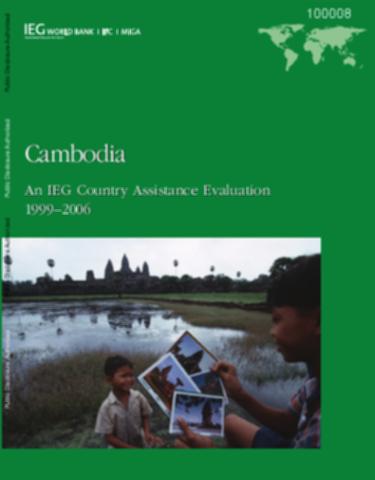Nepal
The vast majority of Nepal’s population—80 percent of whom live in rural areas—derives their livelihood from agriculture. Despite a decrease in recent years, agriculture’s contribution to gross domestic product (GDP) still amounts to one-third. The national government stresses the importance of agriculture to the national economy and food security; however, several decades of uneven institutional development has resulted in an ineicient agricultural research system that sufers from instability and uncertainty (NARC 2010).






